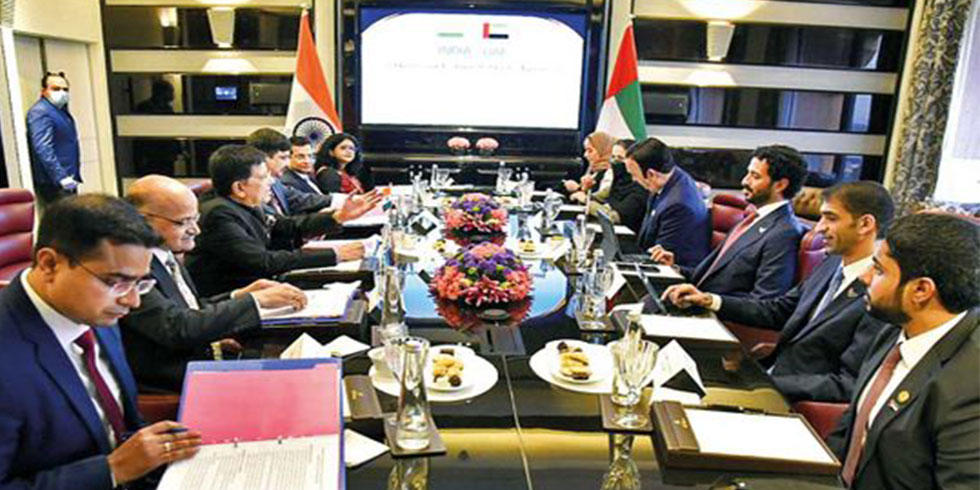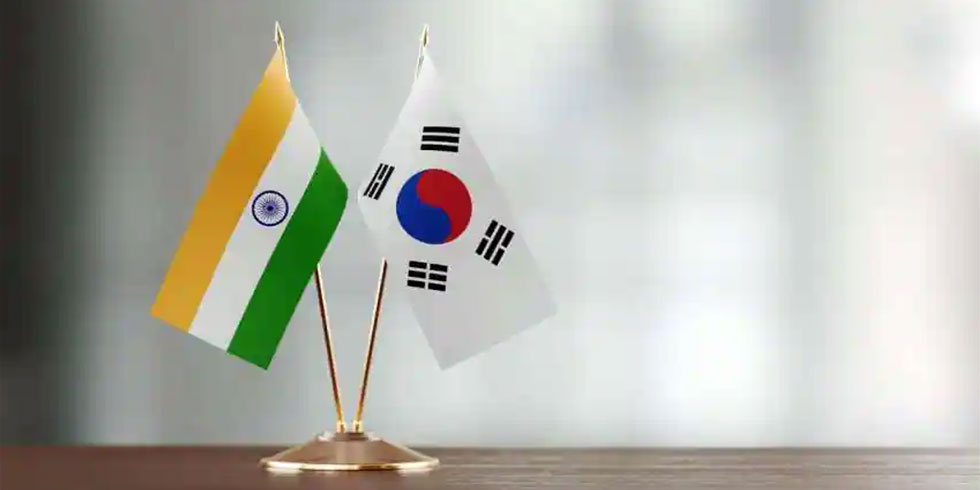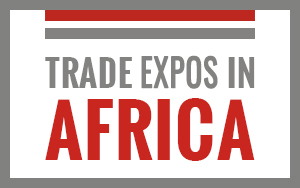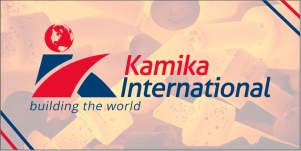Gap Inc. will start its own online sales channel in India by mid-2016, dismissing speculation that the American fashion retailer will collaborate with online retailers. Gap’s move is aimed at ensuring full control over the sale of its products in the country.
“We will definitely start with our own e-commerce channel…not through third-party (online retailers), after opening a few more stores by July-August next year,” said J. Suresh, managing director and chief executive at Arvind Lifestyle Brands Ltd and Arvind Retail Ltd, Gap’s local franchisee partner in India.
Suresh did not offer more details on whether the brand will have its own website or use Arvind Internet’s (Arvind Group’s online business) back end to support sales.
To be sure, Arvind’s other brands such as Arrow, Nautica and GANT sell online through retailers such as Amazon and Jabong, among others, albeit with a close control on pricing by the parent company.
Suresh said in case of Gap, the firm has “exclusive rights and we want to do it on our own”. Launched earlier this year, currently, Gap sells in the country through its single store in Delhi.
Suresh said the company will soon set up more stores in Bengaluru, Mumbai and Pune. By March 2016, the company aims to have another eight stores. Online retailing will follow after the company sets up a sizeable number of offline stores, said Suresh.
Online shopping in the country will touch $15 billion by 2016, with over 50 million new buyers emerging from tier-I and tier-II cities, according to a November 2014 survey by Google and Forrester Consulting.
The total number of online shoppers in India will nearly triple to 100 by 2016. The numbers make any brands’ online entry seem a plausible move, given that e-commerce portals such as Myntra, Flipkart, Amazon and Jabong—albeit with their hefty discounting—have altered shopping behaviour.
However, Gap’s decision to opt out of the existing ecosystem of online retailers reflects a bold move, according to analysts tracking the sector.
Gap’s expansion in Asian markets—mainly India and China—where the retailer promised to open 40 and 110 stores over the next couple of years comes at a time when the retailer is relooking at its product portfolio and fashion offerings
Gap eyes online sales channel in India by mid-2016














Add Comment